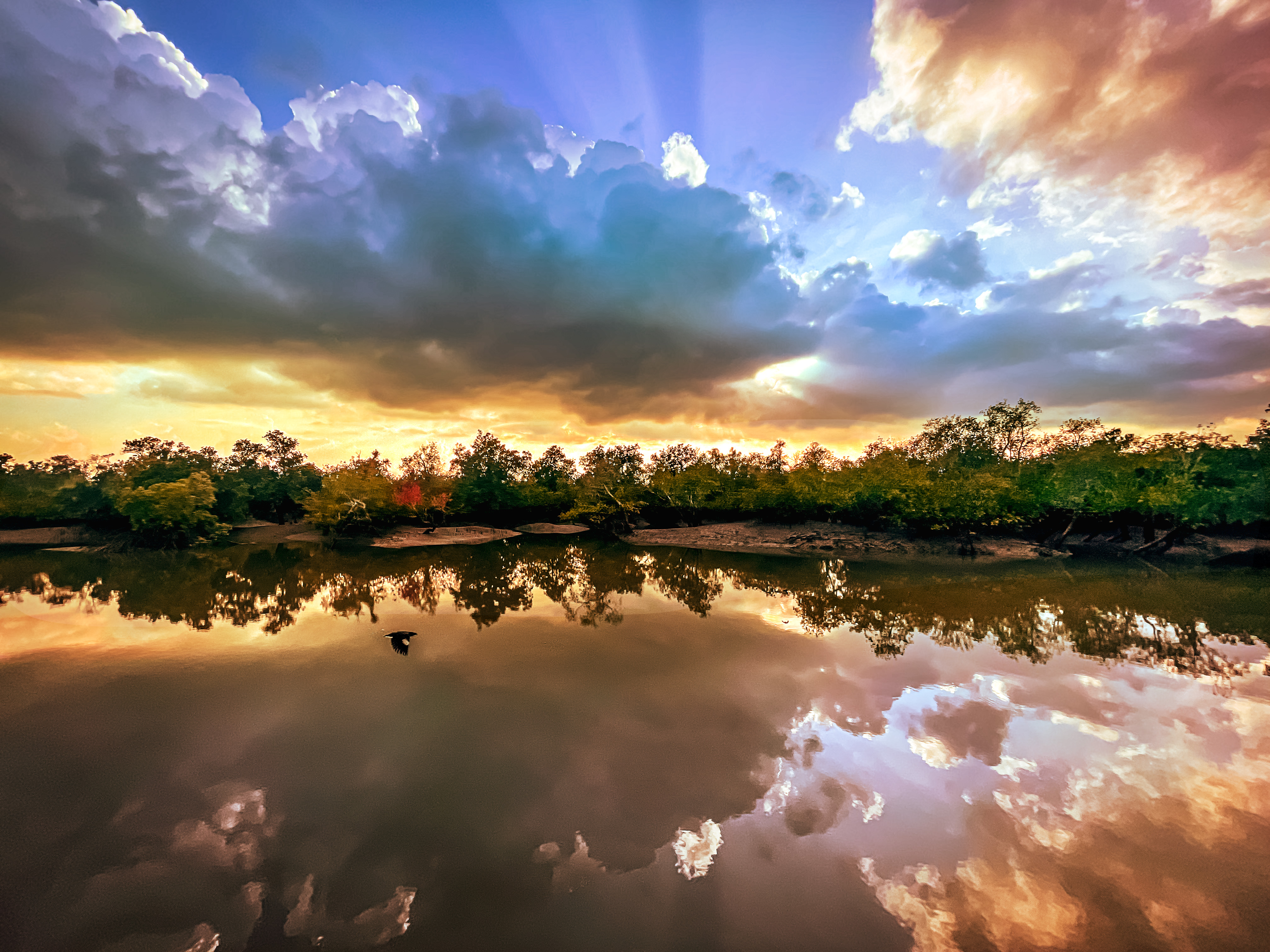Portfolio

Novel reconstructions of modern and paleo-climatic changes in the Seaflower Reserve, Colombia
The San Andres and Providence islands, part of the Seaflower Biosphere Reserve in Colombia, host one of the largest and most interesting barrier reefs in the Americas. They also contain fossilized corals that date back thousands of years (Last Interglacial period) and can be analysed and interpreted in the frame of future climate change scenarios of warmer temperatures and higher sea level. The goal of the project is to reconstruct the oceanic and climate parameters recorded in modern and fossil corals from Providence and San Andres Islands to develop model simulations, which will allow for improved understanding of mechanisms driving tropical climate variability during warm climatic intervals.
Assessing pH in sea waters near Cartagena, Colombia
The marine waters surrounding Cartagena and the Rosario Islands offer particular conditions due to the influence of the Canal del Dique (continental runoff, sediments, nutrients and heavy metals, amongst other factors) and the presence of multiple strategic marine ecosystems such as coral reefs, seagrass meadows, and mangroves. The goal of the project is to collect basic information on the physical-chemical characteristics of the seawater and its changes throughout the year, which are of interest to local (Rosario and San Bernardo National Park-PNNCRSB, Deep Corals National Park-PNNCPR, University of Cartagena) and international institutions (University of Plymouth).
